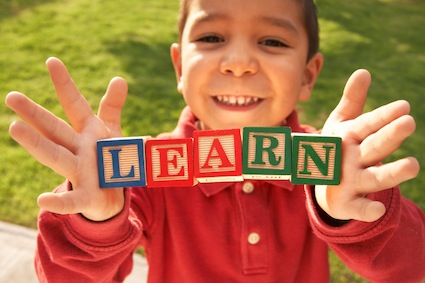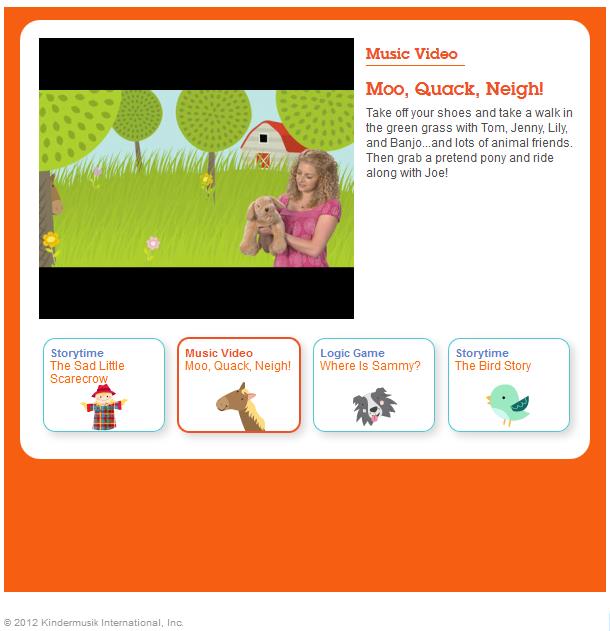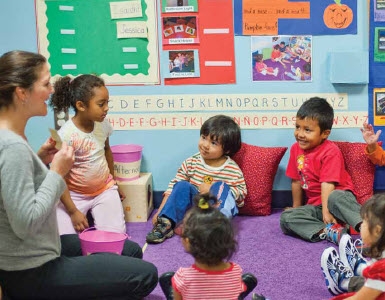 What do music, patterns, and language learning have in common? Well, more than you might think. When English language learners play along to the rhythms in English songs for kids or clap their hands to the beat of nursery rhymes, they are practicing active listening and pattern recognition.
What do music, patterns, and language learning have in common? Well, more than you might think. When English language learners play along to the rhythms in English songs for kids or clap their hands to the beat of nursery rhymes, they are practicing active listening and pattern recognition.
Now, new research published in the Psychological Science journal suggests that learning a second language can be predicted by the ability to recognize patterns.
Second language learning and pattern recognition
In the study, the researchers recruited American students to learn Hebrew. During the two semesters, they tested the students’ Hebrew understanding and measured their ability to recognize visual patterns. The data showed a strong link between pattern recognition and language learning. Students who did better recognizing patterns
also spoke more Hebrew at the end of the two semesters.
“It’s surprising that a short 15-minute test involving the perception of visual shapes could predict to such a large extent which of the students who came to study Hebrew would finish the year with a better grasp of the language,” explained lead researcher Ram Frost in a press release.
Using the patterns of musical learning to teach ELL students
 In our ESL curriculum, ABC English & Me, we lead young children to experience patterns through movement, listening to English songs for kids, and playing instruments. When we jump, jump, jump, stop during a song or ta, ta, ta, rest with instruments, ESL students learn rhythm patterns (quarter note, quarter note, quarter note, rest), a basic musical concept. Rhythm patterns are combinations of long and short sounds and silences. In musical learning, a child’s whole body involvement with patterning lays a foundation for English language learning.
In our ESL curriculum, ABC English & Me, we lead young children to experience patterns through movement, listening to English songs for kids, and playing instruments. When we jump, jump, jump, stop during a song or ta, ta, ta, rest with instruments, ESL students learn rhythm patterns (quarter note, quarter note, quarter note, rest), a basic musical concept. Rhythm patterns are combinations of long and short sounds and silences. In musical learning, a child’s whole body involvement with patterning lays a foundation for English language learning.
Learn more about using the patterns found in musical learning to teach young English Language Learners with ABC English & Me!

















